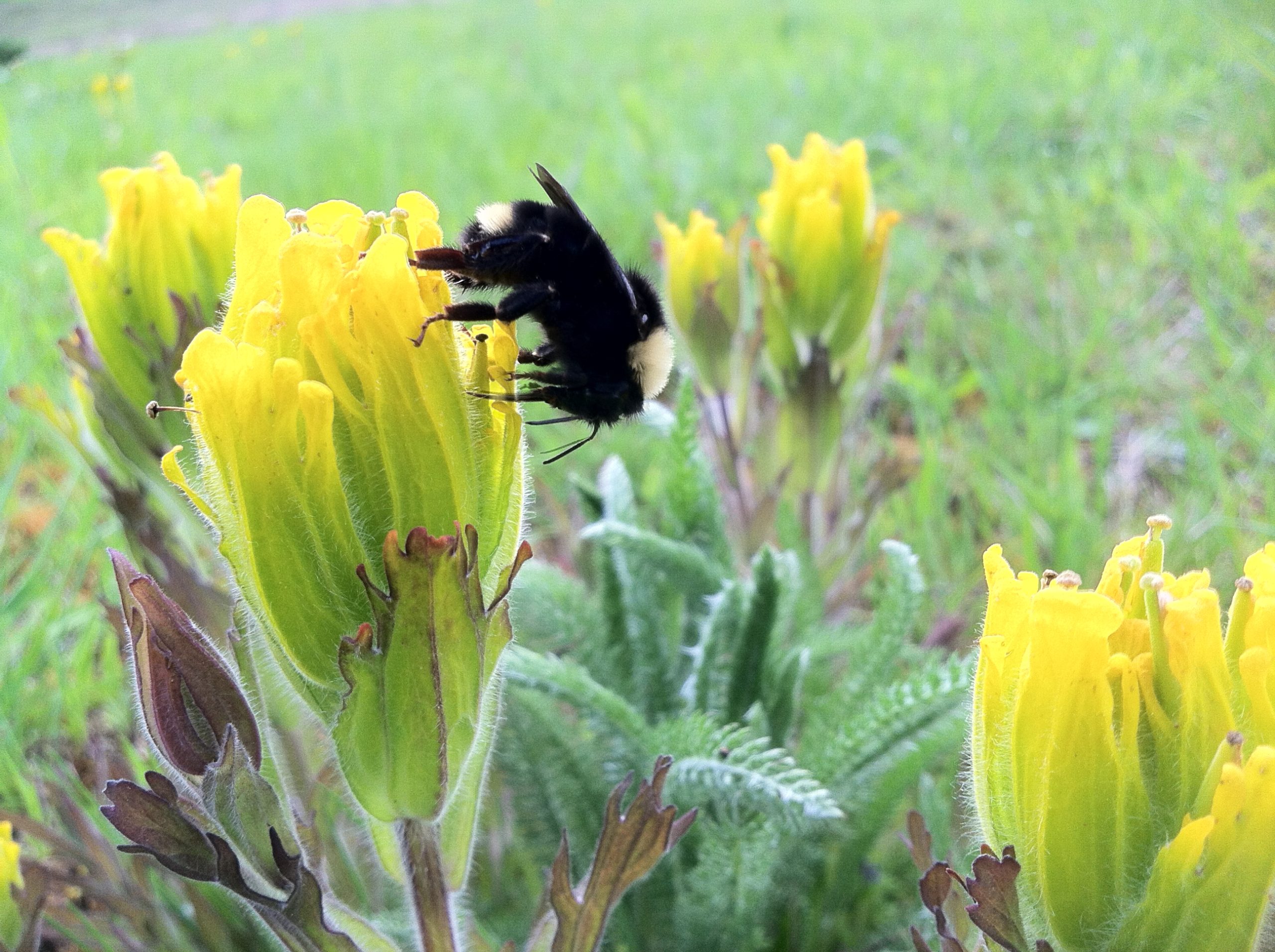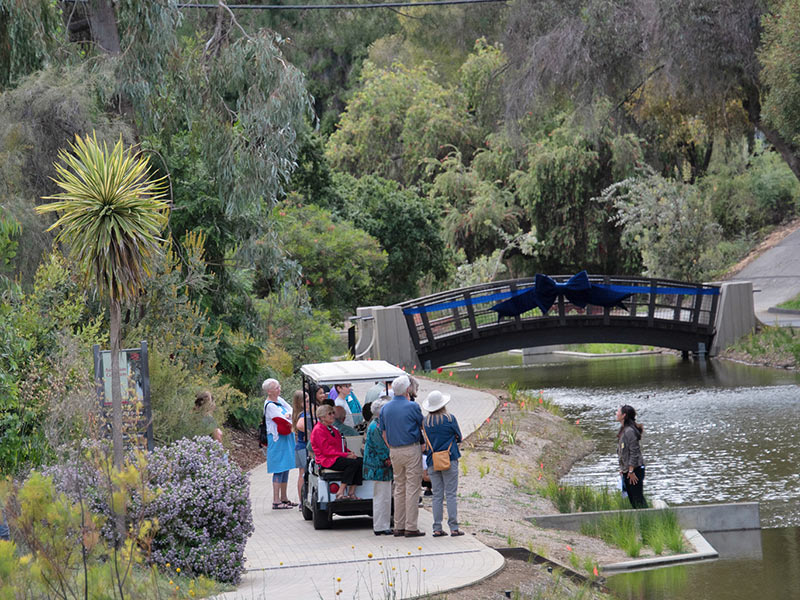
The UC Davis Arboretum and Public Garden (ArbPG) is on-campus living museum focused on having deep impact and wide community engagement with critical scientific issues by helping people use their hearts and minds to make real change in their own place in the world. Teaching gardens and scientific collections—focused on wild-collected native California plants, oaks from around the world, and demonstration gardens featuring appropriate plants for the Central Valley— are a primary focus of the 100-acre UC Davis Arboretum, the centerpiece of the ArbPG. In addition, the Arboretum & Public Garden manages the heritage/cultural landscapes, roadsides, and natural reserves of the UC Davis campus.
Since its founding in 1936, the ArbPG has been involved in plant conservation efforts throughout California, often in partnership with the more than 1700 plant scientists on campus. As we all face the new realities of a changing climate, a new partnership with CPC is critical to helping ArbPG collectively align with other botanical gardens and institutions in order to more effectively deliver on the most important strategic initiatives to conserve plants at regional, statewide, national, and international levels. Sited at a major university, we also have a special interest in working with the CPC to develop leadership training programs in plant conservation for the next generation of conservation scientists and to explore and build new partnerships focused on community engagement and impact far beyond the garden walls.
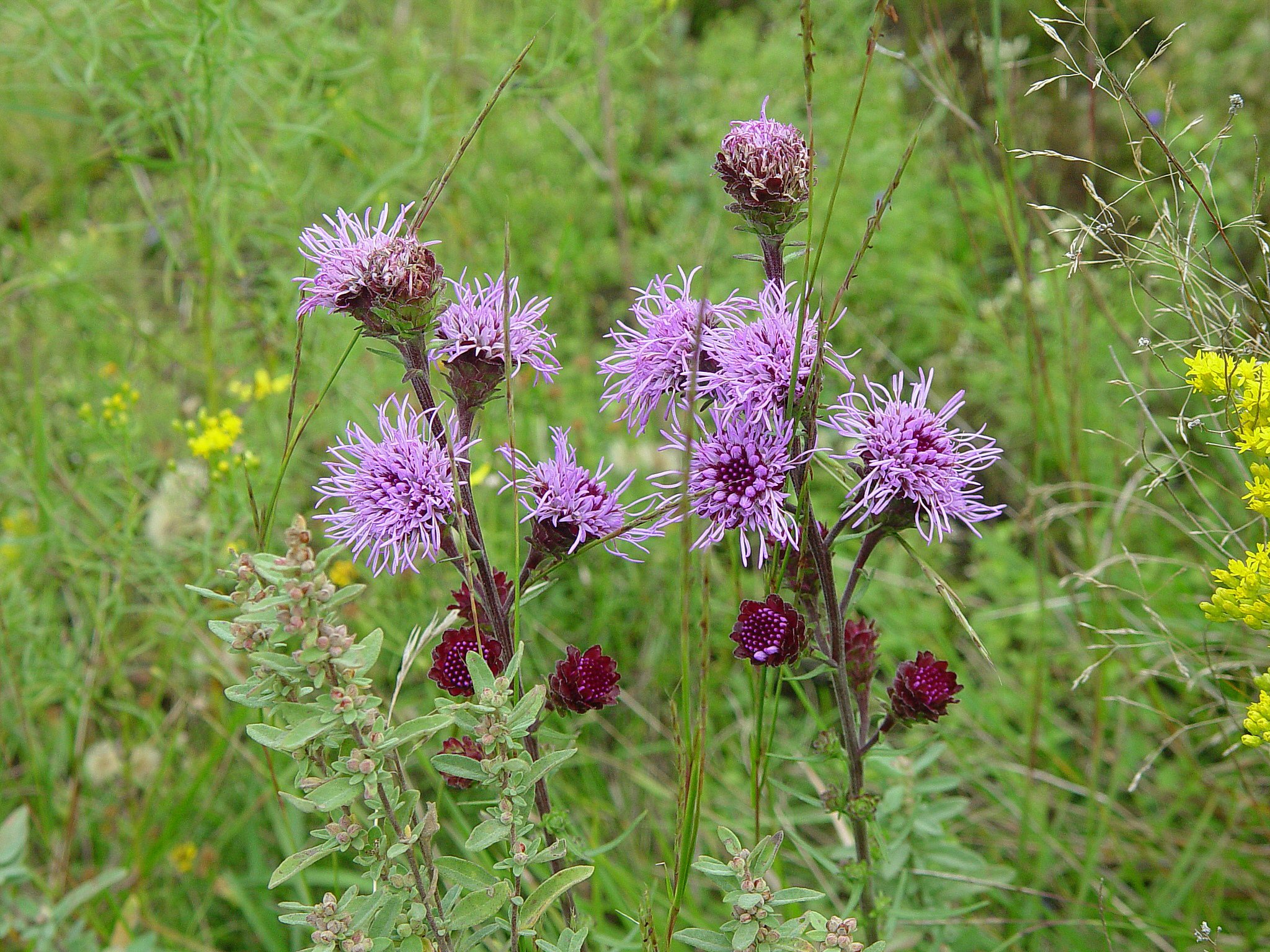
The mission of the Polly Hill Arboretum is to perpetuate the experimental tradition in horticulture established by Polly Hill by sharing knowledge of plants and scientific procedure through educational programs, research, plant conservation, and exploration. The Arboretum seeks to preserve its meadows and woodlands, to promote an understanding of its collections, and to encourage their utilization for scholarship, observation, and the enjoyment of all. The PHA is engaged in many aspects of both ex-situ and in-situ conservation, from tackling the difficult seed dormancy for North American Stewartia species to reintroducing propagules of rare plants on Martha’s Vineyard. Islands are often considered the most vulnerable to the perilous effects of climate change, and habitat fragmentation, thus with Martha’s Vineyard as a home, PHA is motivated us to be part of the solution by engaging in work that preserves plants for future generations. Bringing this motivation and excitement to CPC, Executive Director Tim Boland states, that joining “… puts us in great company with leading plant conservation organizations in the U.S. and opens up a network of new partnerships that will enable our conservation activities here on Martha’ Vineyard as well as off-Island.”
Located in Sarasota, Florida, Marie Selby Botanical Gardens’ mission is to provide an oasis of inspiration and tranquility, while furthering the understanding and appreciation of plants, especially epiphytes. They advance their mission through their core values of advocacy, integrity, financial security, stewardship, and excellence. Scientific research is integral to the Gardens’ mission and as such they strive to be the leading institution for advancing the scientific understanding and conservation of vascular epiphytes, an ecologically and economically important group of plants. Selby Botanical Gardens brings to the CPC network a dedicated and talented group of plant conservationists, a 45-year history of plant inventory, classification, and conservation in the tropics and subtropics, a collection of over 5000 species of living plants, an active herbarium, spirit and molecular labs, and an excellent library. The Garden is excited about working at a higher level with CPC member institutions than we have in the past, both locally and nationally, and sharing our resources and staff efforts with others. Conversely, they also look forward to having access to resources not currently held, such as seed-banking, and a have a greater ability to develop collaborative grant proposals to advance plant conservation.
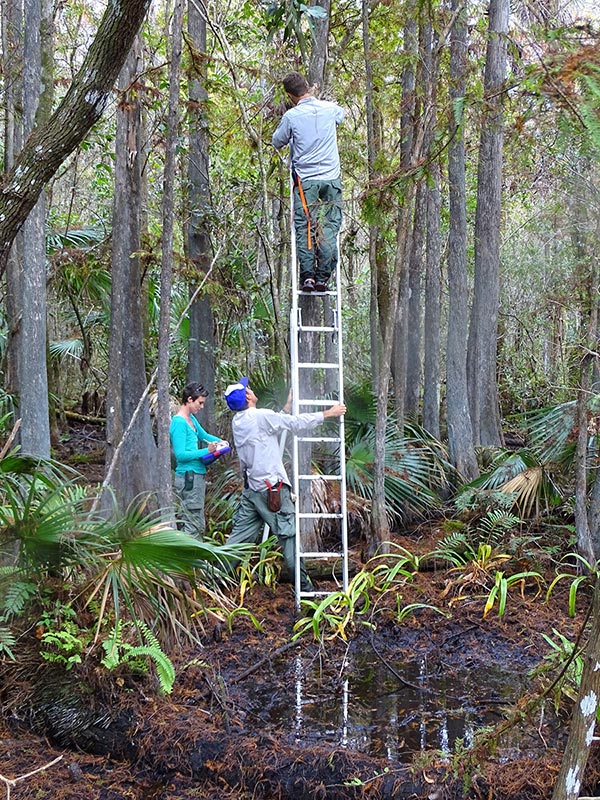
The UC Santa Cruz Arboretum & Botanic Garden works towards its mission to connect people with plants with a 135-acre living museum of rare and unique plant species, dedicated staff, committed volunteers, and a history of contributing to conservation research. Their conservation work is dedicated to the preservation of biodiversity to enable evolutionary processes to continue, focusing on California and its Central Coast ecosystems. With an active collecting program and seed bank, the Arboretum collects wild seed from rare species and sends them to long-term seed banks in the network. Their conservation work stretches to their participation in plant rescue operations, teaching students botany, horticulture and field work related to conservation stewardship, and assisting the state with mapping and classification of rare natural plant communities. In joining CPC, the Arboretum brings decades of collection building, horticultural experience and connectivity to the botanical conservation world. UC Santa Cruz research faculty and staff are re-establishing field-based programs with great facilities and proximity to foster regional conservation work. They are looking forward to being a part of a national effort to practice biodiversity conservation with all the support networks and inherent challenges.
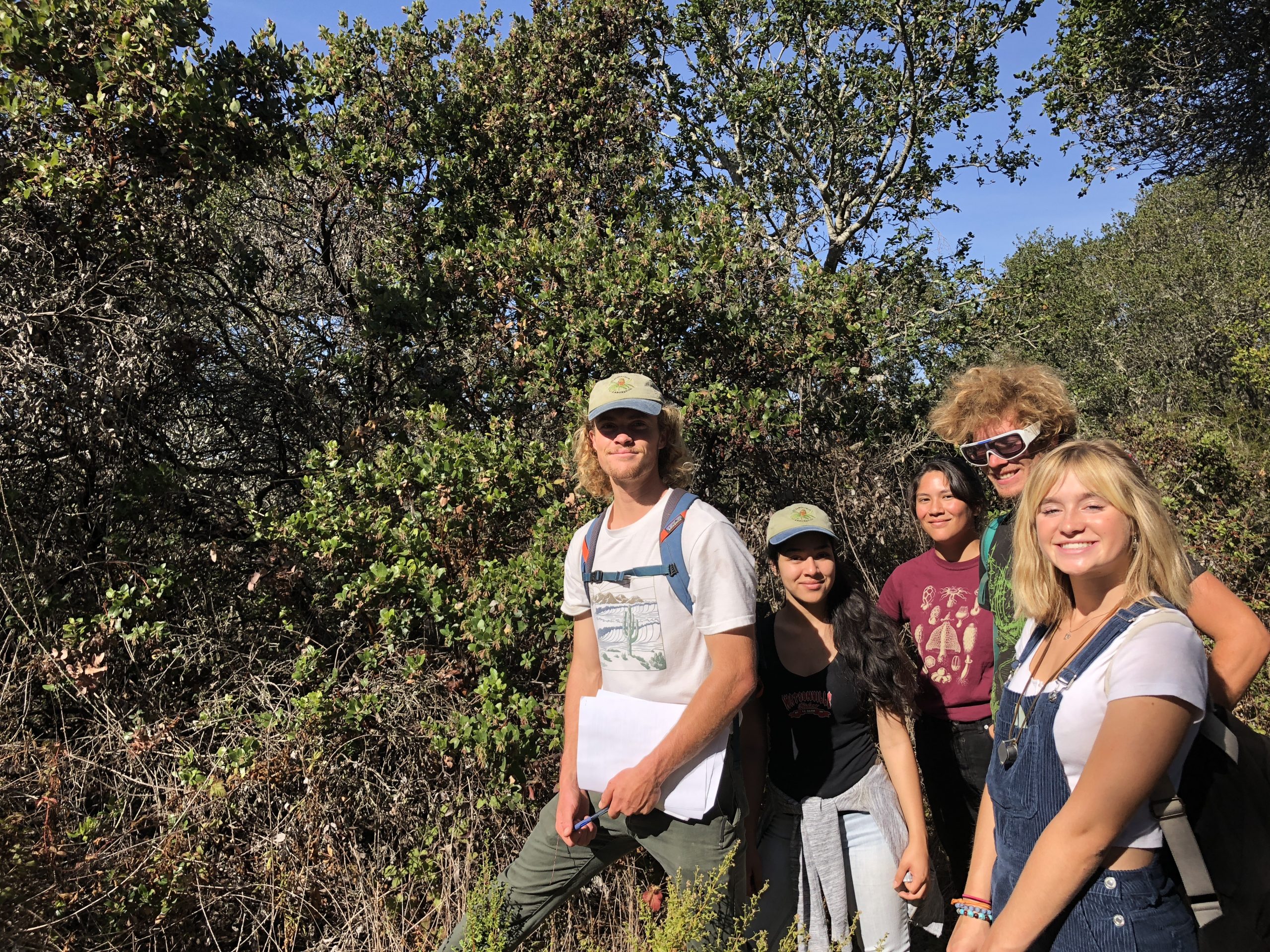
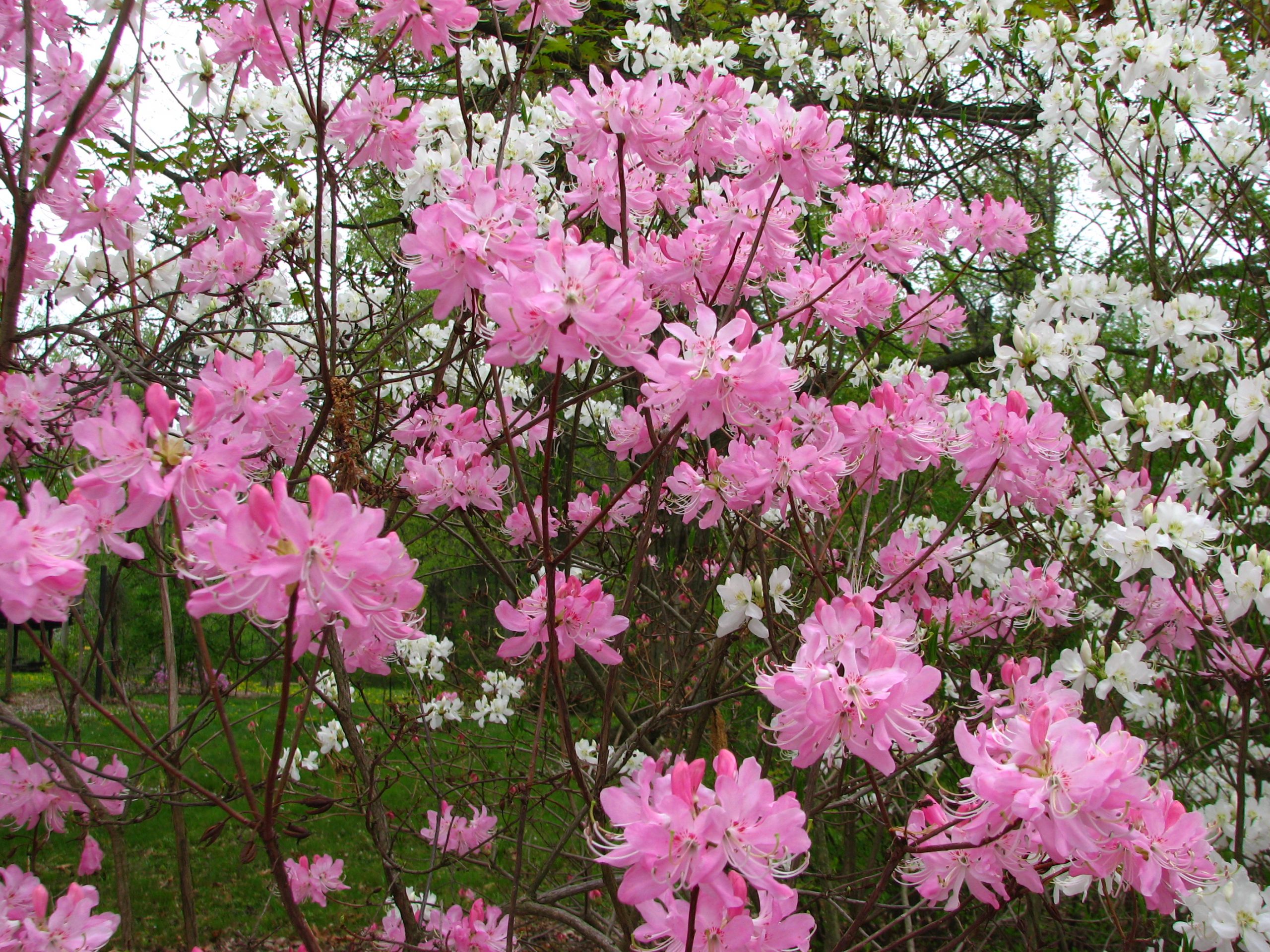
The Dawes Arboretum is committed to a strategy that helps further plant conservation locally, regionally and nationally. Our mission is to enrich lives through the conservation of trees and nature. To do so they conduct practical and scientific research on plants, ecosystems and conservation while providing programs and information that deepens understanding and creates beautiful landscapes. Joining with others working to conserve species in the greater Ohio River Valley ecosystem, the Arboretum strives to continue sharing information on the best management practices of habitat restoration to help ensure species can be conserved in place as members of CPC. The Arboretum hosts 235 accessioned plants of federally or state listed species of concern and also provides a living refuge for species in need of conservation outside their natural range. Sharing propagation techniques—both successes and failures—the organization ensures others learn from their work and as a part of the Center for Plant Conservation they are excited to learn from fellow institutions. By joining together, we will strengthen the network of committed institutions, and find the essential conservation strategies needed to conserve America’s rarest flora.
Never simply an art museum, with galleries surrounded by gardens and over a hundred acres of woodland, the Indianapolis institution Newfields has taken on the mission to enrich lives through exceptional experiences with art and nature. As CPC members they look forward to using their diverse landscape, horticulture display gardens and greenhouse to identify, cultivate, and display regionally threatened or endangered plant species. Newfields also brings the talents of their museum interpretation and education teams to the role of educating our guests on native flora. While looking forward to partnering with other Participating Institutions to identify and cultivate threatened and endangered plant species as well as to learn from their vast knowledge about how to assist in saving plants in peril, they also want to be a resource for partners in the area and provide our expertise.
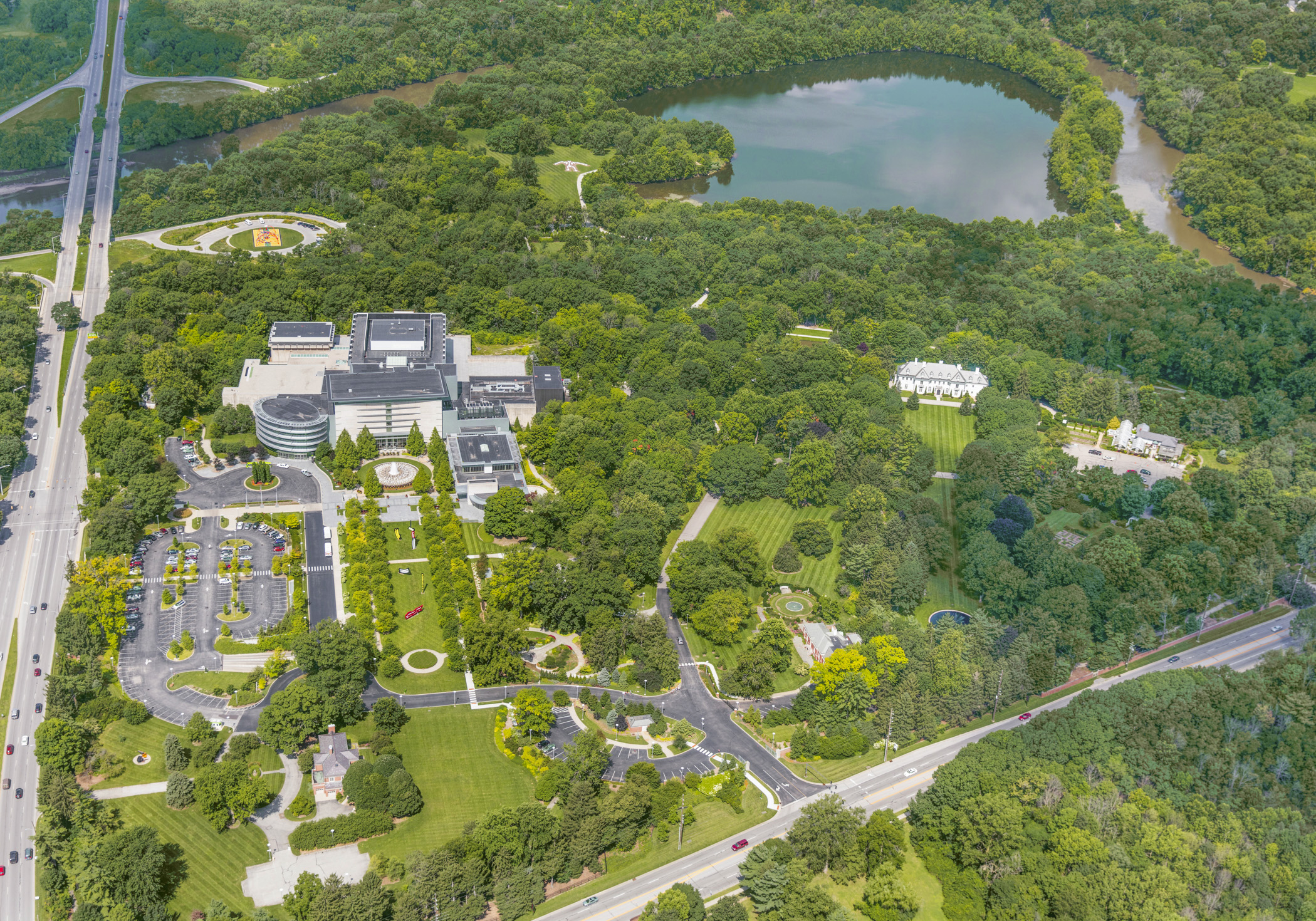
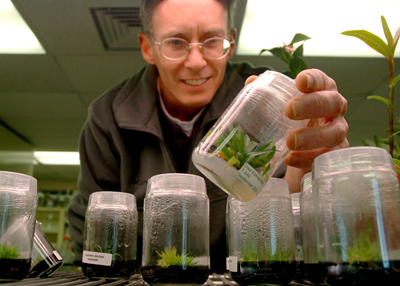
The North American Orchid Conservation Center (NAOCC) is a coalition of organizations established by the Smithsonian Institution and the United States Botanic Garden to assure the survival of, and conserve the genetic diversity of all native orchids in the U.S. and Canada. Based at The Smithsonian Environmental Research Center, which provides science-based knowledge to meet critical environmental challenges, NAOCC addresses the challenges facing native orchid conservation through a powerful model of collaboration. Together, NAOCC and its network of collaborators work to preserve habitats, create and maintain national collections of seeds and orchid mycorrhizal fungi, and conduct research on orchid ecology, conservation, and restoration. We foster and support efforts to preserve orchid habitats and work with land managers. NAOCC also engages in a variety of outreach and educational activities.
NAOCC brings the power of collaboration to orchid conservation and the CPC network through connection with our growing alliance of like-minded orchid conservation organizations and individuals. They also bring a depth of research and conservation experience from a decades-long focus on native orchid and orchid mycorrhizal fungi ecology. They are looking forward to engaging with others in the CPC network to support other research and conservation efforts and achieve our common goals.
Working primarily in the Pacific Northwest and the Southwestern U.S., the Institute for Applied Ecology (IAE) strives to conserve native species and habitats through restoration, research and education. Within this mission, working with rare plants is a central focus. IAE, with an array of government partners, tackles a variety of plant conservation topics including conservation planning, population monitoring, seed collection and banking, habitat restoration, and population reintroduction, and touts conducting research and conservation of rare plants in particular as one of their central skill sets. Their vision is a world where all people and wildlands are healthy and interact positively, biological diversity flourishes, and environmental challenges are met with a social commitment to solving problems with scientific principles. Joining CPC is a step towards that vision. As IAE aspires to become more involved in ex situ-in situ partnerships and develop their reputation in this area they hope to forge collaborations with CPC members that improve outcomes for plant conservation priorities.
